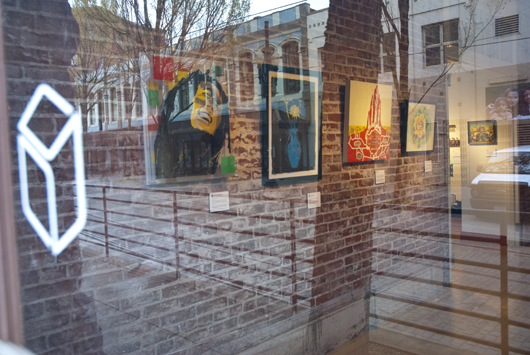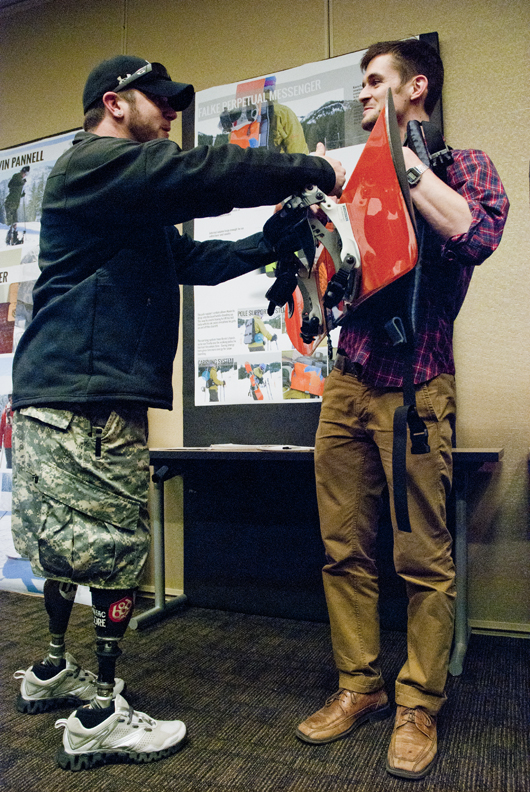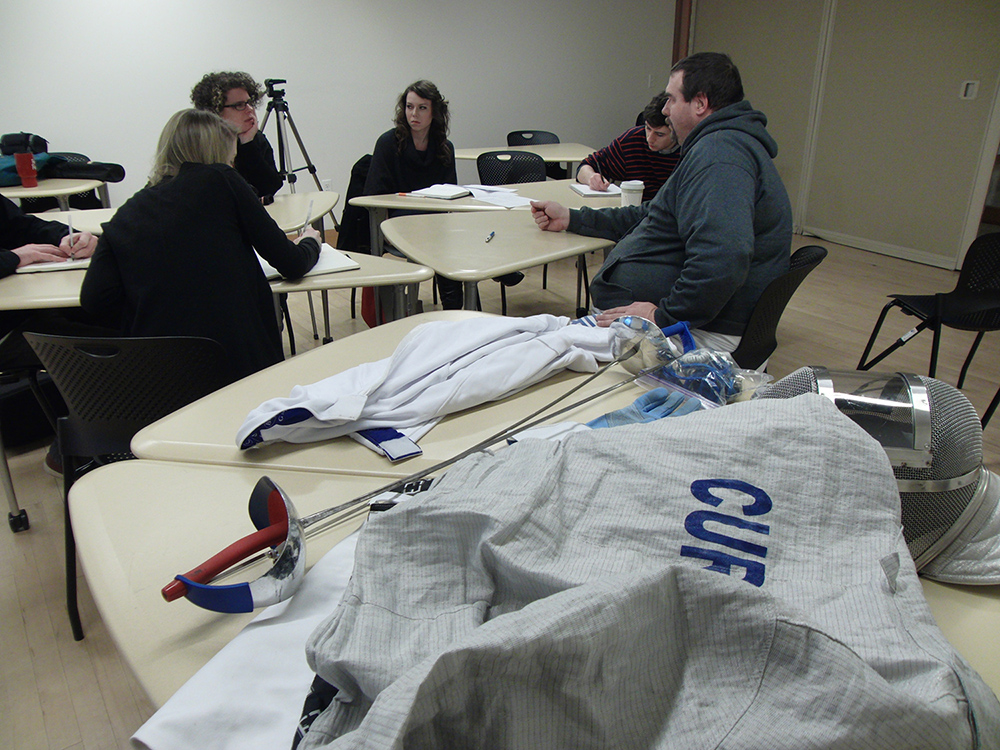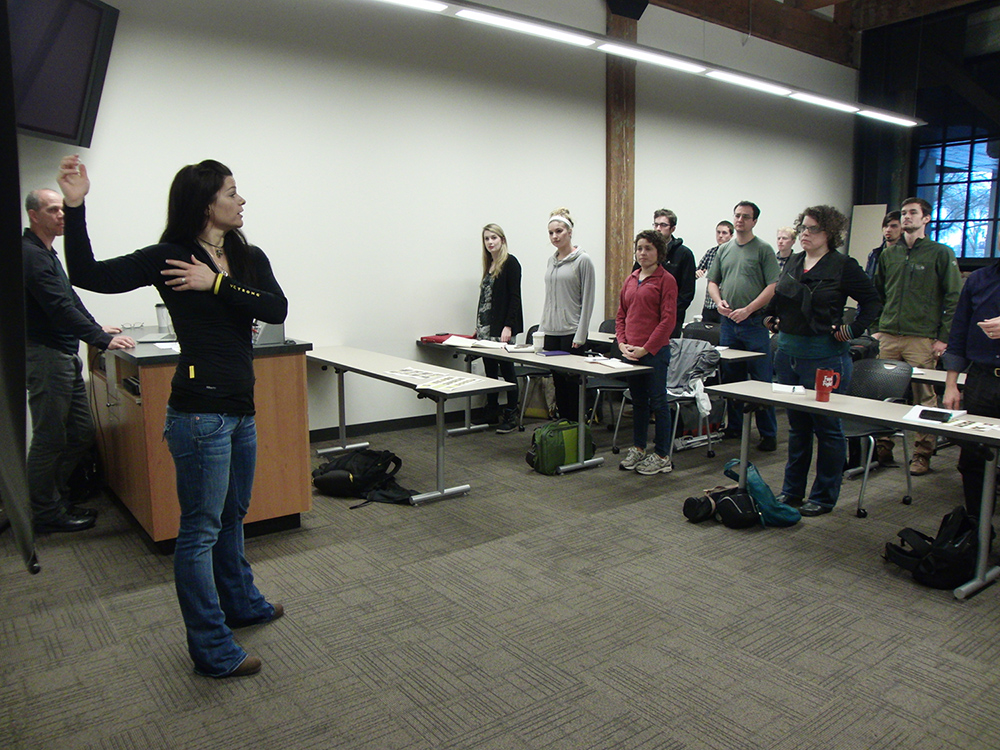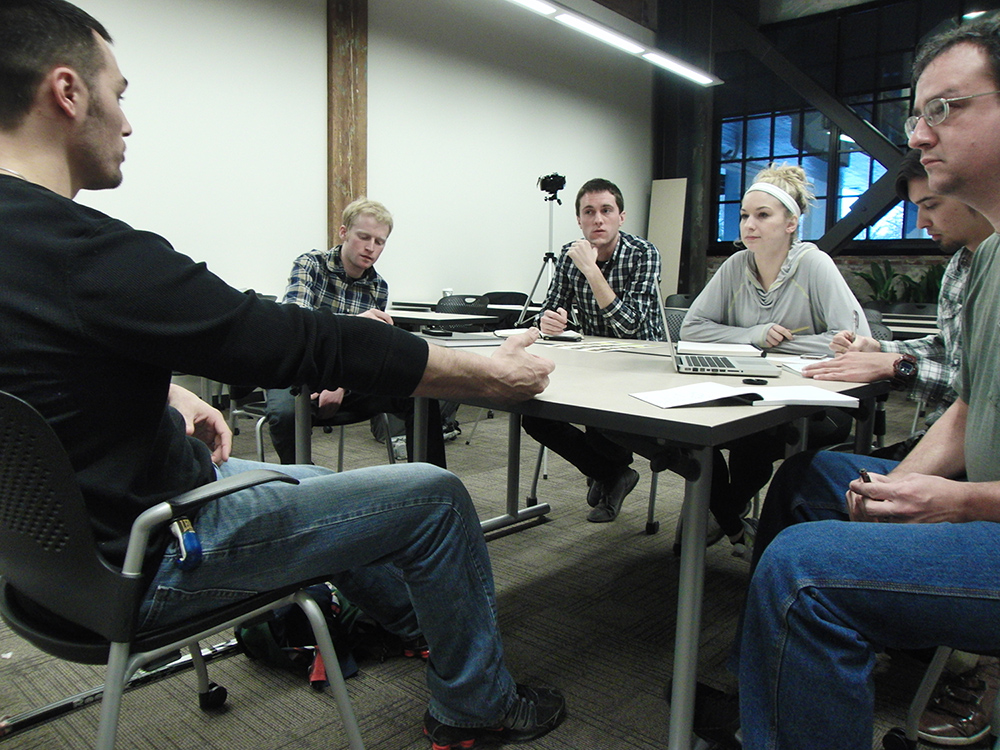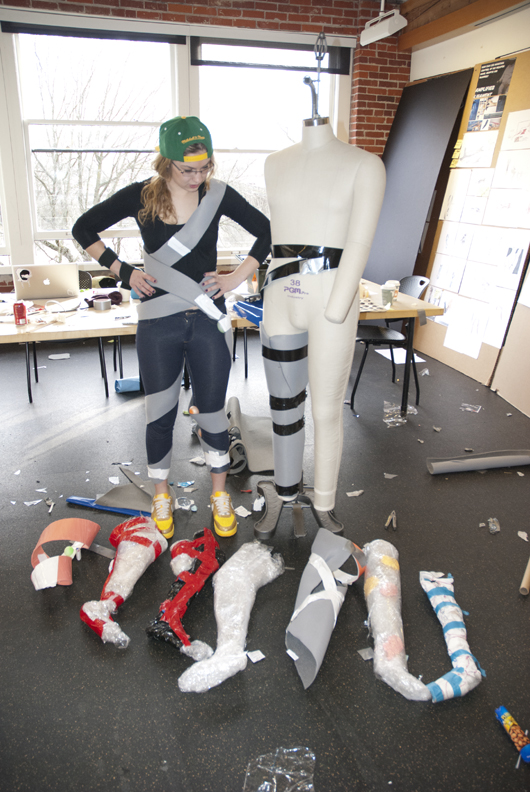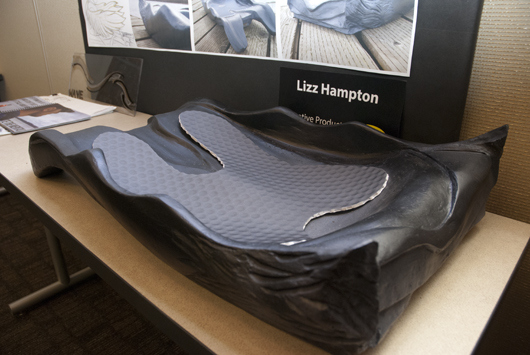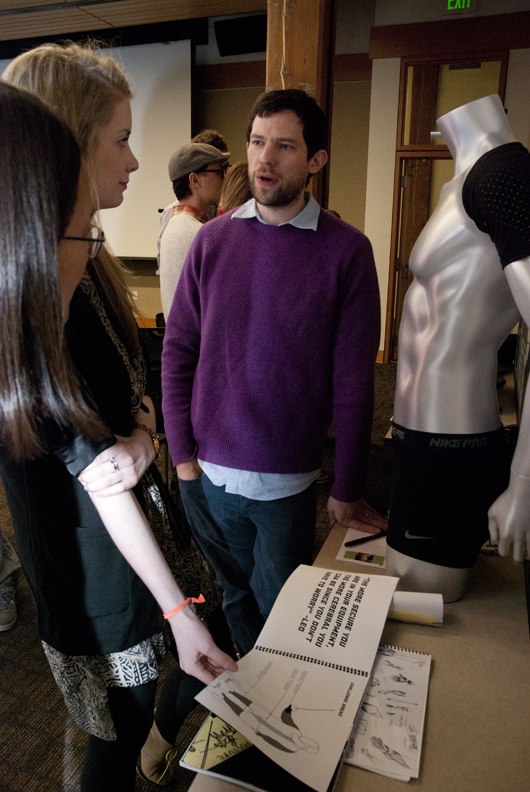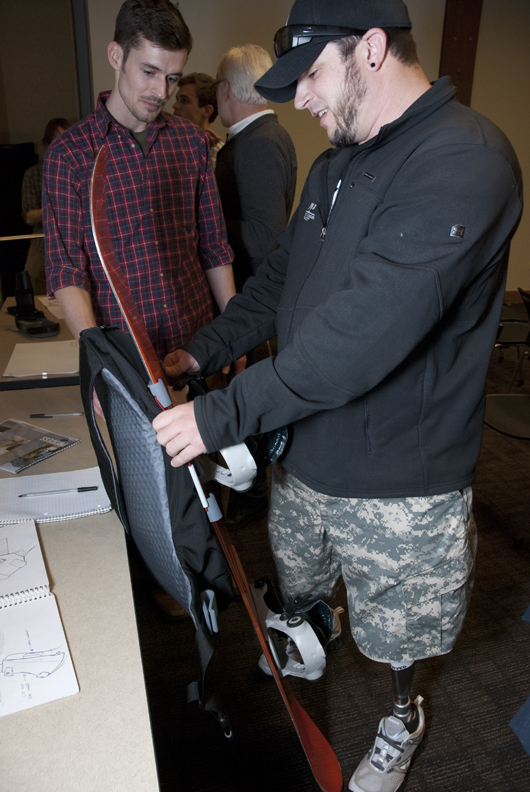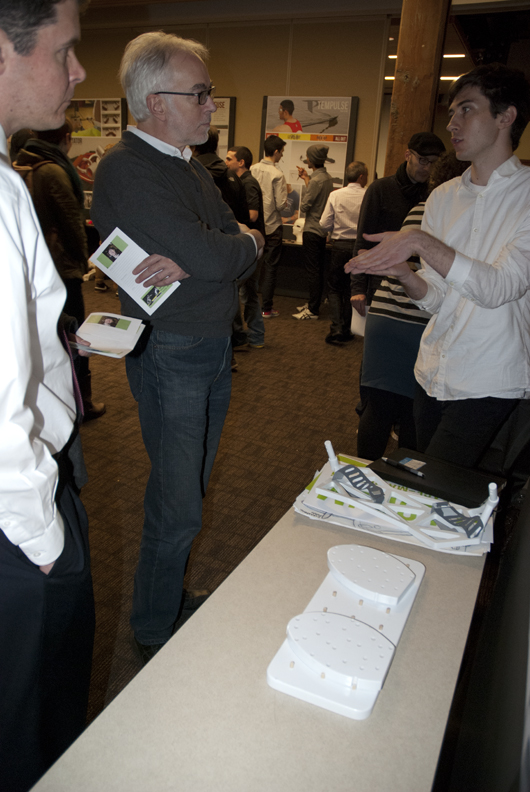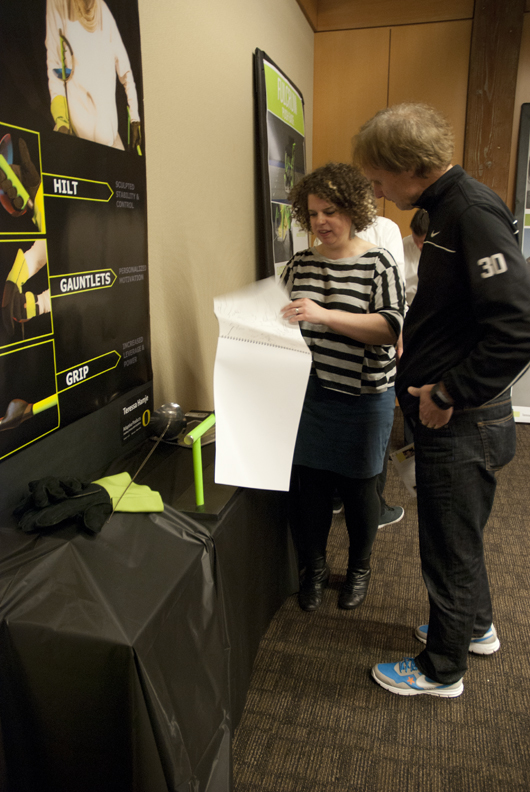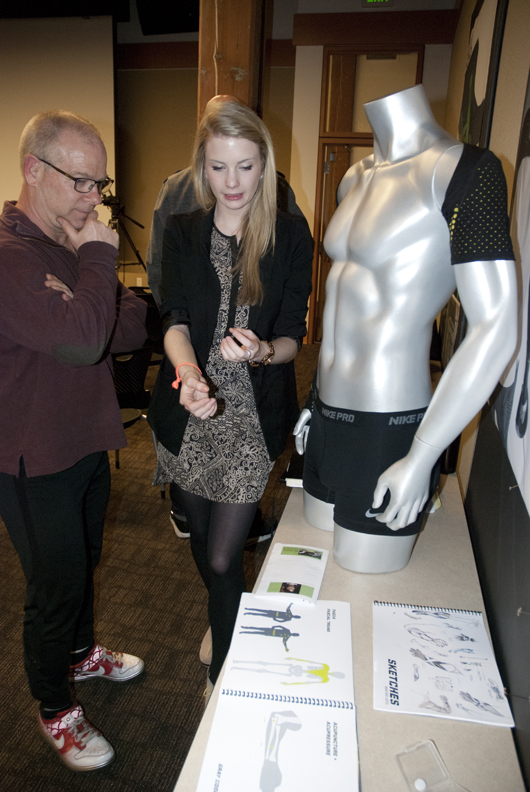This month marks the 40th anniversary of the passage of Oregon’s land use law, SB 100. This law created the most innovative and progressive land use program in the country, and no state has a law that rivals its success. Every one of its 36 counties and nearly all incorporated cities have state-acknowledged plans to protect farm and forest lands with urban growth boundaries, which limit the potential for urban and rural sprawl, and preserve natural resources and greenspaces. One needs to just drive along I-5 through the Willamette Valley to understand this fact: Oregon has chosen to grow differently and it’s working.
Governor Tom McCall signed SB 100 into law on May 29, 1973. Over the last 40 years, the law’s success has required an army of vigilant advocates to ensure its success and stave off full frontal assaults from upset citizens, oppositional legislators, and ballot referendums. The University of Oregon has been a nurturing ground for many of the bill’s most ardent supporters, whether Oregonians or those who moved to the state to learn how and why Oregon is a leader in sustainable development, environmental preservation, agricultural success, and urban livability.
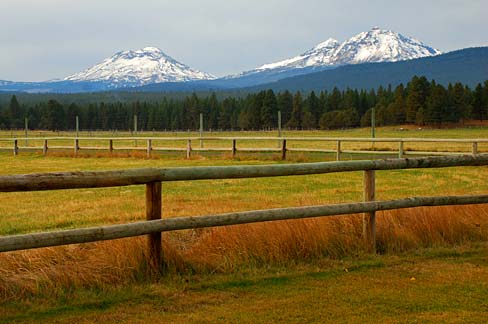
This is a story of three UO graduates who have, with countless others, lifted up and ensured SB 100’s success, which many can agree is a true gift to the State of Oregon.
PPPM Associate Professor Emerita Maradel Gale, JD ’74, taught and nurtured hundreds of students who went on to directly impact the law’s development. However, before she joined the ranks of the PPPM faculty, Gale was at the forefront of the Oregon land use program’s development. In 1968, she became the first president and volunteer lobbyist at the State Capitol for the Oregon Environmental Council. In this role Gale successfully lobbied on legislation for increased funding for bike and pedestrian paths, prohibition of billboards along highways, and helped create the Nuclear Thermal Energy Council, which disallowed utility companies from siting new nuclear power plants without public input and vetting.
Gale’s biggest land use success was the creation and appointment to the Oregon Coastal Conservation and Development Commission, which established a planning process for Oregon’s coastal region. ”Prior to the creation of the Commission, city councilors, county commissioners, and port directors had formed a coastal organization with the goal of maximizing development throughout Oregon’s coasts,” says Gale. “They were fighting to get ports in every one of Oregon’s estuaries.”
“I was proudest to get estuary designations that allowed some degree of development in areas like Coos Bay and Astoria, but also preservation for others with greater natural resource benefit. This was not a popular concept on the coast at that time, but thankfully it happened.”
In 1971, Gale enrolled in the UO law school. In 1974, during the week of her last law school final, Gale gave a lecture to the UO Masters Program for Urban and Regional Planning (a pre-cursor to the current Community and Regional Planning program). Her lecture on “Politics and Planning” resulted in a new career and hire for the department, where Gale taught Legal Issues in Planning and the Environment and numerous other courses.
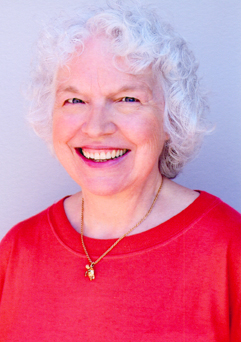
“The department was the first school throughout the country to bring a lawyer on its faculty,” says Gale. “Most of the planning programs around the country didn’t teach a legal planning course, and subsequently we saw many more departments developing legal planning courses and bringing many more people with legal experience on their faculty.”
Students such as Ron Eber, MURP ’75, were behind the creation of the Legal Issues class. “My peers and I pushed really hard to develop the Legal Issues class, because we felt that this was something that planners needed to know, and was missing from the department,” says Eber. He was glad this work paid off, because Gale’s class prepared his peers and him to become engaged in the implementation of SB 100 and fight for its success.
“Maradel’s class was by far the hardest class that I took. She taught it like a law school course and it was a real challenge to us. Her course probably did more to prepare me for a career than anything else. I used the practical skills from that class almost everyday for over 30 years, whether it was researching the background of a statute, the case law or understanding statutory construction. Planners must know how to implement broad policy and legislative pronouncements to develop plans and regulations that are effective to achieve the desired outcomes. Understanding our legal and administrative system is where the rubber hits the road. We learned these important skills in Maradel’s class.”

Eber became Gale’s first graduate teaching fellow in her Legal Issues course. He joined the Oregon Department of Land Conservation and Development as a summer intern in 1975 and worked for it full time from 1976 until his retirement in 2008. During that time he was involved in all phases of implementing SB 100, especially the state’s longstanding policy to protect farmland including the development of legislation and administrative rules, the review of local plans and zoning codes, local land use decisions and legal appeals. Upon retirement and still to this day, Eber is looked to as Oregon’s preeminent farm and forestlands specialist and recently published a history on Oregon’s efforts to protect farm land from 1961 to 2009.
Dick Benner’s career, JD ’75, intertwined with both Gale and Eber at different times. Benner enrolled in the UO law school in 1972, and took up land use causes early on through a position for OSPIRG assigned to monitor the Oregon Coastal Conservation and Development Commission, on which Gale was a commissioner. In 1975, Benner became one of two initial staff attorneys with 1000 Friends of Oregon along with UO law school classmate Bob Stacey. Stacey later became planning director for the City of Portland, the executive director of 1000 Friends, and is currently a Metro Councilor.
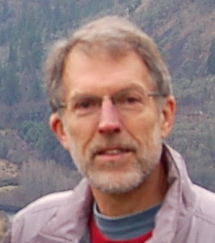
Benner spent 12 years with 1000 Friends as the lead attorney on coastal and rural land use cases, where he ensured Oregon’s cities, counties, and the state were upholding SB 100’s goals. In 1987, he accepted the position as executive director of the newly formed Columbia River Gorge Commission, which oversees the Columbia River Gorge National Scenic Area. He directed development of the commission’s staff and creation of the Scenic Area’s management plan. Upon completion of the plan, he accepted the position as director of the Department of Land Conservation and Development in 1991.
“That was a very difficult job. My moving into this position coincided with a fairly dramatic turn to the political right in the Oregon Legislature, who were not fans of the program,” says Benner. ”Much of our work was defensive, trying to save the land use program and trying to keep a budget for the agency, which was always under attack.”
Even so, Benner and his colleagues, including Eber, were successful at implementing two changes to the program that have real and positive impacts. First, he oversaw the implementation of Oregon’s Transportation Planning Rule, which requires integration of the state’s land use and transportation systems to emphasize the reduction in reliance of automobiles.
“As this rule started to be defined and enacted, it became clear what a big deal it was because it was the first real recognition of the interconnectedness of land use and transportation,” says Benner. “However, it was a titanic struggle within state government to truly enact this rule. Thank goodness for Governor John Kitzhaber, because the Oregon Department of Transportation resisted this all the way. They wanted nothing to do with the land use program, because they were dominated by highway engineers who had no notion of the linkage between the land use patterns and the transportation patterns. Ultimately, the Governor told the Oregon Transportation Commission and the Department that they had to climb on board, and Oregon is starting to see the benefits of this rule today.”
The second success was his work with Eber and others to redefine Oregon’s farmland protection statutes. In 1993, Eber was on assignment as a special assistant to Governor Barbara Roberts’ Natural Resources Policy Advisor Ann Squier. At the outset of this process, both Benner and Eber were fearful the whole farmland protection section of the law was at risk because the House had leverage to block the agency’s budget in the legislature and hold it hostage in order to force the Senate to agree to changes to weaken the laws designed to protect farm and forest lands from conflicting development. These two worked tirelessly over the summer of 1993’s extended legislative session to gain compromises from all parties to pass HB 3661, which amended policy on standards for dwellings in farm zones, placed fixed minimum lot sizes for farmlands in statute, and created the definition of “high-value farmland,” and “finally provided some peace in the countryside, so to speak,” says Benner.
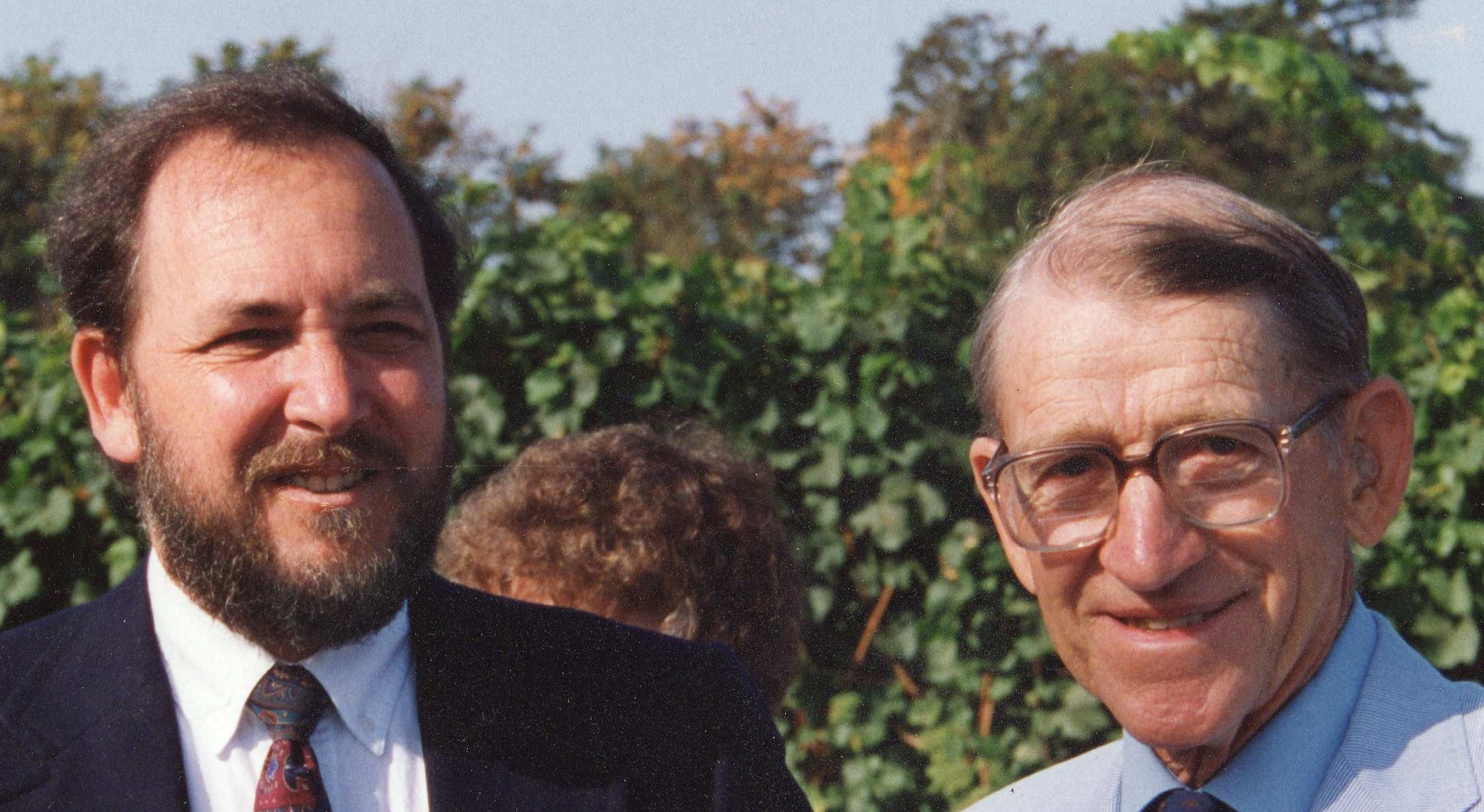
Benner left DLCD in 2001 and became the senior assistant counsel for Metro in Portland, where he witnessed the benefits of Oregon’s land use law up close. Benner says, “Portlanders drive about 20 percent less than average cities of its size. We attribute this not to reduced number of trips, but to shorter trips. The trips are shorter, because we are growing with a more compact urban form. Portlanders do a higher percentage of commute trips made by bike than any city in the United States. They ride transit more. The per capita carbon emissions are below 1990 levels.”
“After 40 years, we are getting to where we set out to go,” Benner concludes.

Gale, Eber and Benner have deep appreciation for Oregon’s land use law as it has taken shape and evolved. “I see myself not just as an advocate of the land use law, or a practitioner of it, but also as a student of it,” says Benner. Eber believes that the law offered him “a great appreciation of the democratic process as well as the responsibility we all have as citizens to not only those of us here today, but to future generations as well.”
Oregon’s land use law is truly a gift to the state of Oregon, and it hasn’t been just the work of Gale, Eber and Benner’s passionate advocacy, but thousands of Oregonians who have ensured its success. However, understanding the battles that these three UO graduates faced in educating, communicating, and fighting for Oregon’s land use program over the last 40 years will be important to the success of its next 40 years. Two things are certain: first, change is inevitable for the law, but the foundations of having urban growth boundaries, farm and forestland protection, housing, transportation, and extensive opportunities for citizens to be involved in an open and transparent public process will live on; second, the UO stands ready to continue its development of professionals ready for this task. It’s up to today’s students to pick up the fight to see Oregon’s land use program through for another 40 successful years.
Story by Joe McAndrew; A&AA Writer/Videographer Graduate Teaching Fellow



